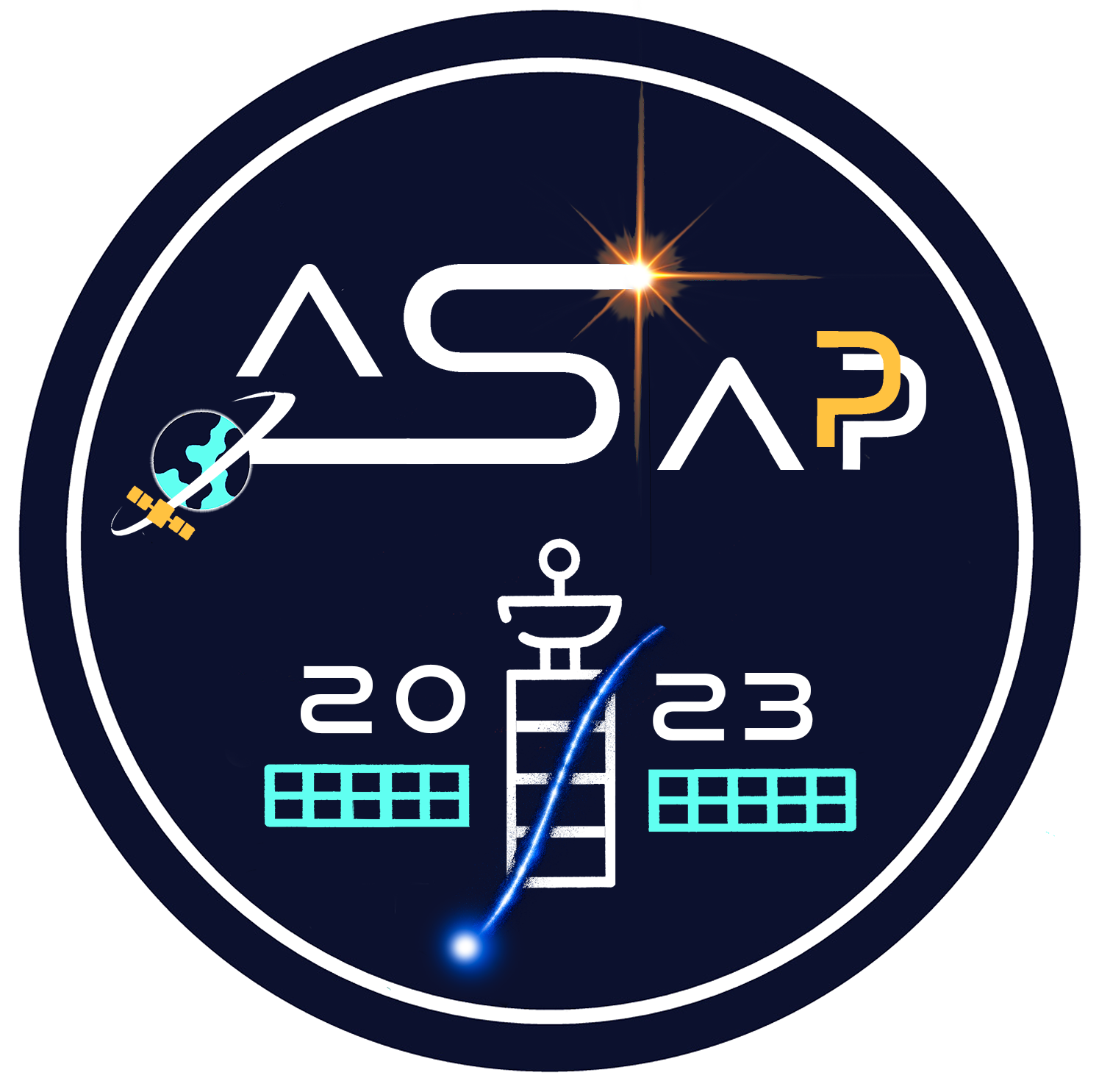Speaker
Description
The Trans-Iron Galactic Element Recorder (TIGER) family of instruments are optimized to measure the relative abundances of the rare ultra-heavy Galactic cosmic rays (UHGCR) with Z ≥ 30. Observing the UHGCR places a premium on exposure that the balloon-borne SuperTIGER achieved with a large area detector (5.6 m$^{2}$) and two Antarctic flights totaling 83 days, while the smaller (~1 m$^{2}$) TIGER for the International Space Station (TIGERISS) aims to manage with more extended operations from one to several years. SuperTIGER uses scintillating optical fiber hodoscopes for trajectory reconstruction. For energy and charge determination the combination of compact wavelength shifter bar readout scintillator detectors with acrylic (n = 1.5) and silica aerogel (25% n = 1.024, 75% n = 1.04) Cherenkov light integration box detectors. TIGERISS will utilize silicon strip detectors (SSD) in place of both the hodoscopes and large area scintillator radiators for charge measurement that will provide improved detector linearity and charge resolution over SuperTIGER. The TIGERISS Cherenkov detectors will use silicon photomultipliers (SiPMs) in place of photomultiplier tubes (PMTs) for more compact readout and lower operating voltage, and the aerogel radiators with a single index of refraction (n = 1.04).
SuperTIGER is now nearly entirely buried on the high plateau following only high priority and data recoveries after its 2019-2020 flight and its chances of recovery are uncertain at best. With the disposition of the payload and current backlog of Antarctic flight requests SuperTIGER has no plans for future flights. Fortunately for the franchise, extended UHGCR analysis from the first record setting 55-day SuperTIGER flight with abundances up to $_{56}$Ba suggested an additional cosmic-ray source or changed acceleration mechanism beyond the OB association origin model supported by previous analysis results through $_{40}$Zr. This suggestion of remaining UHGCR science led to TIGERISS being selected in the second round of the NASA Astrophysics Pioneers Program. TIGERISS has a planned 2026 launch and will in one year measure with comparable statistics to the SuperTIGER UHGCR abundances through $_{56}$Ba while having the extended dynamic range for the first preliminary single-element charge resolution measurements through $_{82}$Pb by an active detector. Extended operations would allow TIGERISS to make more significant UHGCR measurements that will cover elements produced in s-process and r-process neutron capture nucleosynthesis, adding to the multi-messenger effort to determine the relative contributions of supernovae (SN) and Neutron Star Merger (NSM) events to r-process nucleosynthesis.
| Eligibility for "Best presentation for young researcher" prize | No |
|---|
